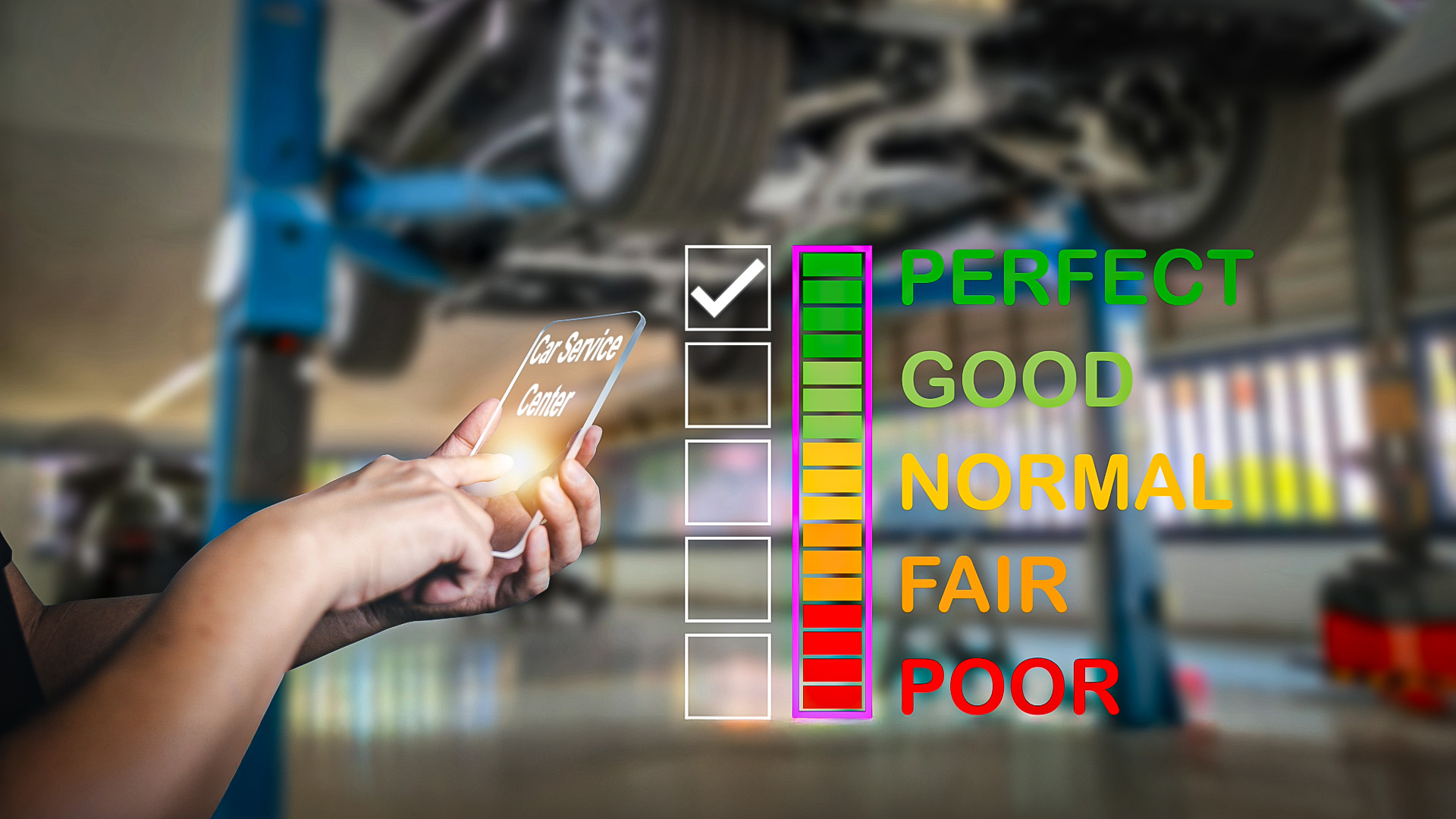Using your shop’s Cost of Doing Business (CODB) as a baseline for labor rates.

Recently, I had the opportunity to take my car to a body shop (it’s a long story). Once the work was done and I was checking out, the office manager mentioned to me that they would be sending me a customer satisfaction survey and encouraged me to fill it out. Then she said that only a 10 is considered a passing grade for them on the survey. A little shocked, I asked, “Is that out of 10?” and she said that yes, it was.
This struck me as surprising because that’s a pretty tough standard for your employees. But also, if you’re telling your customers that’s the rating scale, aren’t you almost leading your customers to give you 10s? In other words, it doesn’t seem (to me) to be a fair estimation of your customers’ satisfaction. Or at the very least, not the most useful estimation for making future improvements and decisions for your business.
This is important because, if your customers are like me, they are inundated with customer satisfaction surveys. For example, I get customer satisfaction surveys from the online stores I shop at, the restaurants I order from, the banks, software, and utilities I use, the doctors I go to, my health insurer, and yes, the repair shops that service my car. And that’s only scratching the surface. Due to that, it’s no surprise that customers are more likely to fill out surveys when they’ve had either a great or a terrible experience. This is known as non-response bias and is a common challenge in survey research. Given that, it seems it would be important to make the survey process easy for your customers and to ensure that the feedback is as non-biased as possible. As such, customer satisfaction surveys should be clear, concise, and targeted. They should be short, use a variety of question types, and contain questions that are easy to understand.

Photo: Thanakorn/stock.adobe.com.
I’m also curious whether you, our readers, survey your customers and how you do it. With that in mind, here are some questions, which you can answer in the comments section below.
Ultimately, the goal of any customer satisfaction survey is to gain honest, actionable insights into your customers’ experiences. If your survey methods inadvertently skew results or discourage participation, you’re missing out on valuable information that could help improve your business. By thoughtfully designing your surveys and understanding the potential pitfalls, you can ensure you’re getting the most accurate and useful feedback possible.
The articles and other content contained on this site may contain links to third party websites. By clicking them, you consent to Dorman’s Website Use Agreement.
Participation in this forum is subject to Dorman’s Website Terms & Conditions. Please read our Comment Policy before commenting.